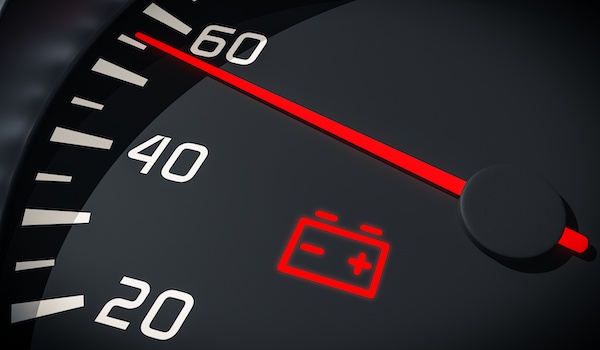Posted on 2/18/2021

It's best if you don't see any warning lights go off in your vehicle, but that's just not the way life works. You are going to have issues arise and when it happens, it's good to know what's going on and what to do about it so you don't panic. When you are driving along and your battery light goes on, you may not know if you can keep driving safely or not. Know your vehicle and how it warns you of certain things to be a confident driver. If your battery light comes on when you first turn the car on, that is normal. It should turn right back off when the car starts up. The battery light is a misunderstood warning light and it is often trying to tell you something, but maybe not what you think. Often, when the battery light is on, the battery is fine, but the alternator is not charging right. The light coming on does not mean the battery is bad automatically. When you see that light come on, can you still drive your vehicle? Yes, you can. But you probably should ... read more
Posted on 1/21/2021
.jpeg)
Why Tire Rotation is So Important Tire rotation means regularly changing each of the four vehicle tires'; this is completed following the vehicle manufacturer's recommendations or every 6,000 to 8,000 miles. It is imperative to rotate new tires every 5,000 miles, this is because deep, fresh tread is more prone to uneven wear. Regularly rotating your tires presents an excellent opportunity to have each tire inspected for damage, air pressure issues, tread depth checks, and balancing. There are several reasons why rotating your tires is an essential part of your standard tire care methodology. These reasons include: The tire wear is spread evenly through regular tire rotation across all four tires, maximizing tread life. This is because each tire position on your vehicle requires a different torque/friction for each tire, leading to more or less wear on the tire. Even tread wear prevents the tread depth on your tires from becoming inconsistent, helping keep t ... read more